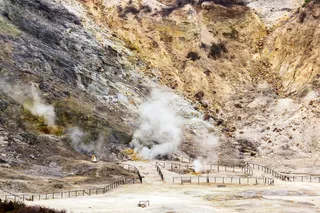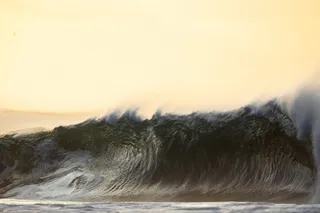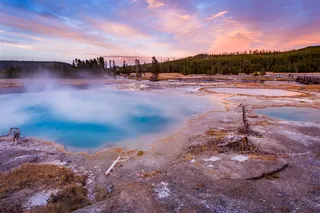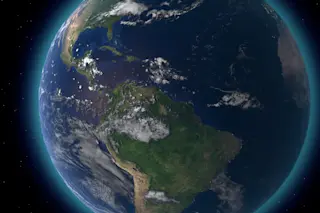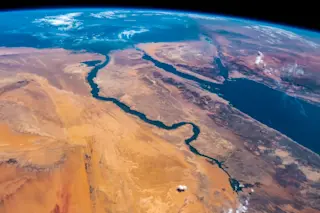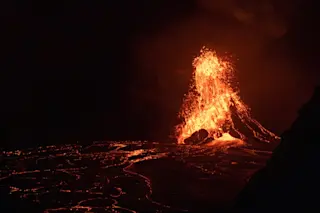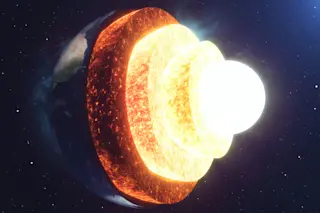A view across the summit caldera of Mauna Loa in Hawaii, seen in January 2010.
HVO-USGS
Last week was the Geosciences Department field trip, so I missed writing about a few important volcanic events, so I'll try to play some catch-up here. Hawai'i The big news from Hawai'i is the change in the alert status for the big island's largest volcano, Mauna Loa. Quiet now for 31 years, Mauna Loa was raised to a Yellow alert status after continued deformation of the volcano's surface and shallow earthquakes at the volcano's
summit, upper Southwest Rift Zone, and west flank. All these signs came before the last two bouts of eruptive activity at Mauna Loa in 1975 and 1984. However, the Hawaii Volcano Observatory says that there is no indication that a new eruption is imminent. This new swarm was one of many that have occurred at Mauna Loa over the past ...





